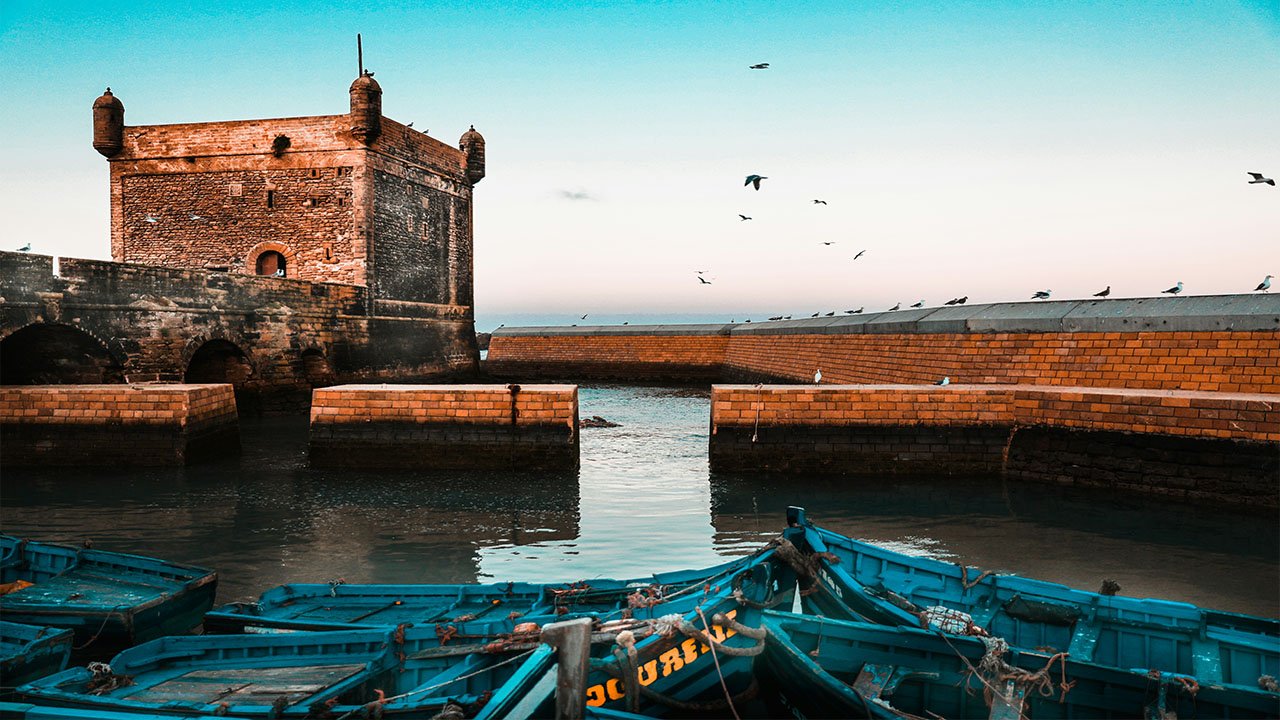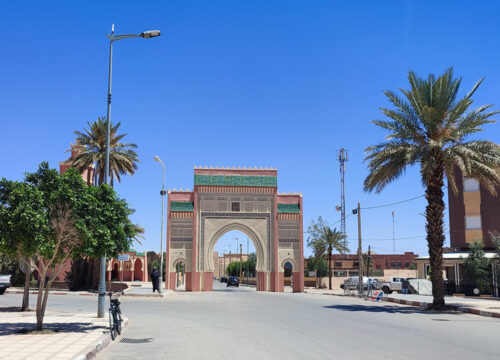Mogador – A Moroccan Enigma by the Sea

There is a place in Morocco that captured my imagination more than any other. I’m referring to Mogador, now known as Essaouira, a quaint town on the western coast of the country.
This town was the final destination on my Moroccan journey, which undoubtedly influenced my perceptions. For over two weeks, I delved into Morocco, exploring its history, culture, and the diverse lifestyles of its people, from the bustling medinas to the tranquil desert landscapes. Arriving in Mogador, I felt as though I had stepped into another realm entirely.
Upon arrival, the sensation was akin to stepping into an entirely different world, a testament to Mogador’s distinct appearance and ambiance, which sets it apart from the rest of Morocco.
As I walked through the narrow streets of the historic medina, I was surrounded by an atmosphere reminiscent of a Mediterranean coastal town, a stark contrast to the Moroccan cities I had visited before. The chaos and congestion commonly found in other Moroccan cities seemed a world away in Mogador, replaced by calm and order. The cobblestone streets, fortified walls, artisanal shops, upscale eateries, wellness retreats, and orderly souks help you momentarily forget your actual location.
But how does the same country contain such a diverse town? The answer lies in Mogador’s rich historical tapestry. In the 18th century, the town became strategically significant when European powers recognized its potential and fortified it extensively.
Despite the efforts of various colonizers, including the Portuguese and the French, to fortify the city, Mogador developed a unique blend of cultural influences, becoming a vital Moroccan port before other cities like Casablanca took precedence. The fortifications from these eras still stand, a testament to their enduring craftsmanship.
Mogador’s history of colonization deeply influenced its character. Wandering through the medina of Mogador, a UNESCO World Heritage site, reveals architectural wonders including old sea forts, churches, and unique Moroccan riads. After enjoying the medina’s vibrant life, a stroll along the ramparts offers breathtaking views of the Atlantic Ocean. At the northern rampart stands a historic lighthouse, guiding ships since the early 20th century.
I deeply regretted spending only half a day in Mogador; although sufficient to tour the major sites, it wasn’t enough to fully embrace the spirit of the place.
Lastly, a note on a popular route from Mogador to Agadir: Near Taghazout, you may see the iconic sight of goats climbing argan trees, a quintessentially Moroccan scene. When I first witnessed this from a distance, I had my driver stop. However, up close, I realized it was staged for tourists.
Though some might find genuine moments in other parts of Morocco, my experience with the staged nature of this spectacle was a reminder of the tourism-driven facades one might encounter.






